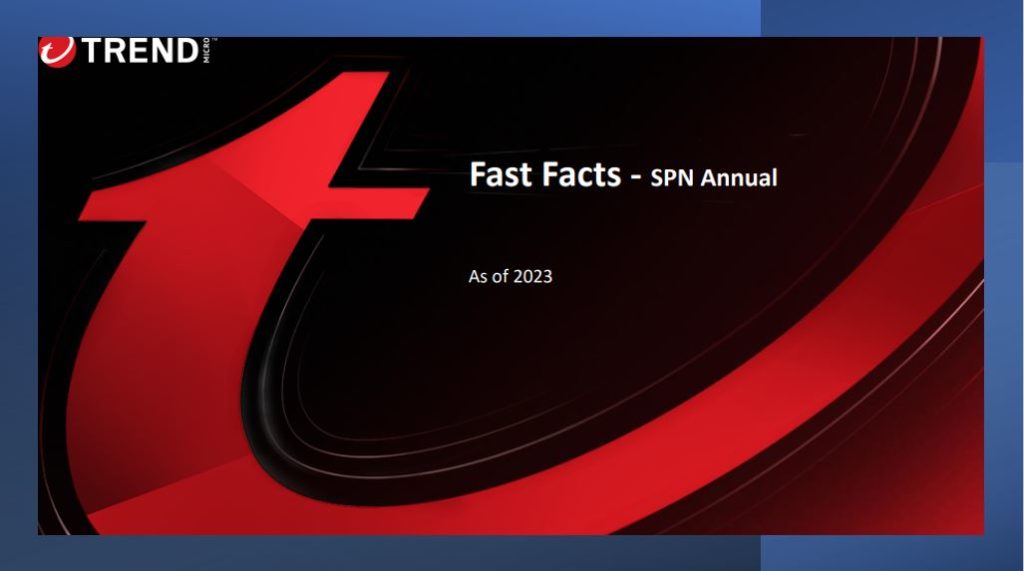
Global data from the Fast Facts report reveals 10% increase compared to 2022
2023 was the year that cyberattacks exploded. Report from Trend Micro, a world leader in cybersecurity solutions, reveals a new record with the total of 161 billion threats blocked last year, worldwide, which represents growth of 10% compared to 2022, when 146 billion attacks occurred.

Trend Micro's report shows that The main targets of malware campaigns from 2019 to 2023 were the industrial, government, healthcare, education and banking sectors, with technology alternating with education in this top 5.

The three malware families that remain active are: Webshell, Coinminer and Powload. The reduction in the activity of “WCRY” (WannaCry) and the presence of “DOWNAD” prove the evolution of attackers, who are exploiting new vulnerabilities to circumvent the security protocols that have been improved by companies.
ransomware
Ransomware threats – which have reached a peak more than 1 billion records in 2016 -, have been showing a decline over the years. Since 2018, when the number of cases plummeted to 55 million, there has been a change in the profile of attacks. Although registrations rose in 2019, reaching around 61 million, the downward trend persists over the years. In 2023, Trend Micro blocked a total of 14.17 million ransomware threats.
The researchers highlight that this annual reduction in cases does not mean that ransomware attacks are decreasing but rather that they have gone from widespread to targeted, including aspects such as high-profile victims, Tactics, Techniques and Procedures (TTP), as well as actions in underground markets. , between others.
The banking sector was the main target of ransomware gangs in 2023, followed by the Government, Technology, Retail and Fast Moving Consumer Goods segments.

“Cybercriminals are adopting more sophisticated techniques, abandoning traditional mass spam emails in favor of highly personalized attacks that target specific individuals or companies. The hybrid environment and the adoption of varied work models require increased cyber resilience and the implementation of threat detection and prevention tools with advanced resources such as artificial intelligence”, recommends Cesar Candido, general director of Trend Micro Brasil.
SPAM – The evolution of cybercrime action methods is also evident in the significant decrease in spam attachments, which fell from 77 million in 2018 to 16.5 million in 2023. “The data raises a warning signal and shows that there is a clear targeting of targets, which are being carefully selected with a view to increasing financial profit through extortion at various levels”, adds Cesar Candido.
The director explains that these attacks are normally carried out through emails that appear legitimate to the recipient, encouraging them to share confidential information with the attacker.

Files with PDF and EXE extensions are preferred by criminals. The use of XLS and DOCX in scams has fallen, as has the use of HTML, which has been used less and less by hackers. In Brazil, the segments most affected by malicious files in 2023 were Government, Education, Financial System, Insurance and Industry.

The “Fast Facts” report is released by Trend Micro's research team with updates on the threat landscape, based on the Trend Micro Smart Protection Network (SPN) solution, which analyzes the data security infrastructure. In addition to SPN sensors, data collected also came from researchers at Trend Micro, the Zero Day Initiative (ZDI) team, the Threat Hunting teams, TippingPoint, Mobile Application Reputation Service (MARS), Smart Home Network (SHN ) and IoT Reputation services.
For more details on Trend Micro's Fast Facts 2023 report, visit ON HERE.













